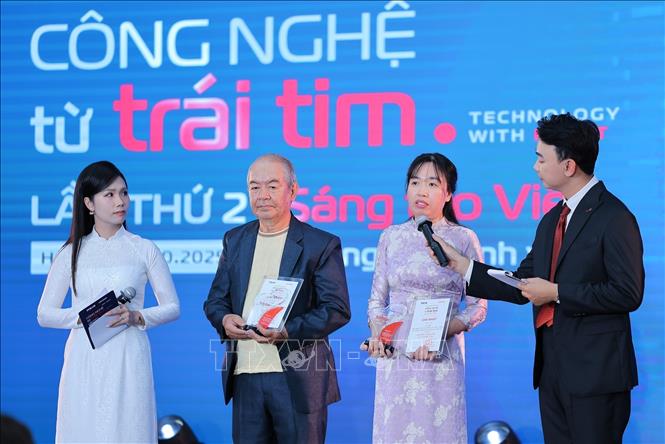
The award is considered an ideal playground for those interested in technology for humanity, a place to honor the humanistic values that technology brings to life.
For journalist Luc Huong Thu (reporter of the VNA Resident Office in Lao Cai) and the team that won the first prize in the video clip category of the 2025 "Technology from the Heart" Award, the journey to this award was not only about authentically recorded photos and video clips, but also an emotional journey, where she was able to tell the story of faith, creativity and humanity of Vietnamese people in the digital age.
Technology born from compassion
The project "Lao Cai students research and develop a natural disaster emergency warning system" was completed by Ms. Huong Thu and her colleague Nguyen Tien Khoi in April 2025 under the direction of the Head of the VNA Representative Office in Lao Cai after the project "Flash flood and landslide emergency warning system" of teachers and students of Lao Cai High School for the Gifted had just won second prize at the National Science and Technology Competition for middle school and high school students in the 2024-2025 school year.
As a resident reporter for VNA for many years in the mountainous region of Lao Cai, which is plagued by various types of natural disasters, flash floods, and landslides all year round, journalist Luc Huong Thu clearly understands the worries of the mountainous people every time the rainy season comes. “There are villages only a few dozen kilometers from the center, but when the flood comes, the roads are cut off, information is isolated, and we reporters have to wait all day to reach the scene. That is why, when I heard the story about the initiative of a group of teachers and students from Lao Cai High School for the Gifted, I was truly moved. It is not just a scientific work but also a sharing, a heart for the community,” she recounted.
The group of authors met teacher Dinh Thi Quynh Lien, a Math teacher at Lao Cai Province High School for the Gifted, in charge of the research group, and two students Do Duc Binh An (grade 11 Math) and Nguyen Minh Hieu (grade 11 IT) right after the three teachers and students returned from the competition in Ho Chi Minh City. The interview, filming, and photography took place simultaneously as the teachers and students shared about the birth of the project, the research and experimentation process, as well as explained to us the operating mechanism of technological machinery and equipment with complex technical terms.
Teacher Dinh Thi Quynh Lien shared that the story of the project began in July 2024, when Lao Cai entered the flood season. In particular, the severe flash flood in Lang Nu village, Phuc Khanh commune during the flood caused by storm No. 3 - Yagi in September 2024, which caused heavy damage, was the motivation for the group to find a solution to build a modern early warning system. The group's goal is very clear: To create a device that can send warning signals so that people and authorities have enough time to evacuate and respond promptly, thereby minimizing casualties and losses.
After many months of fieldwork and data collection in high-risk areas, the team discovered that cracks on the ground and hillsides were urgent warning signs that the ground was shifting and there was a high risk of landslides. Typically, during the Yagi storm, in Coc Lau commune, old Bac Ha district, Mr. Ma Seo Chu, Head of Kho Vang village, promptly evacuated all 17 households with 115 people to a mountain 1km away from the village before the hill behind collapsed right in the village area thanks to detecting early signs of landslides.
From that reality, the group of teachers and students of Lao Cai Specialized High School clearly identified that the problem is to find a solution to detect the risk of flash floods through early recognition of the formation of "water pockets", the risk of landslides through detecting the beginning of displacement of land masses, then notify the residential area through loudspeakers or phone signals.
To find a solution to this problem, the team built an early warning system with ultrasonic sensors, buoy sensors, GPS Real-Time Kinematic technology to measure geological displacement in real time, transmitting signals using Lora Mesh - a low-power wireless technology that can transmit data for kilometers without the need for power amplifiers.
Ms. Lien said that the system includes: Base Station (fixed positioning device) is located in a location with stable geology, low risk of flash floods or landslides. This station acts as a standard coordinate landmark, receiving positioning data from Rover stations (mobile devices), analyzing and processing information to detect natural disaster risks. When an abnormality is detected, the Base station will issue a warning via on-site loudspeaker and transmit data to the central server for storage, monitoring and early warning. Rover stations are located on hillsides or areas with high risk of landslides, receiving signals from the global satellite positioning system (GNSS) and correction signals from the Base station. If there is a geological shift, the coordinates of the Rover station will change. The Base station will recognize this change, thereby calculating the displacement and determining potential risks such as landslides or water pockets. The communication station acts as a signal relay point between Rover stations and the Base station. In some areas obscured by terrain, trees or out of direct coverage, the communication station will help receive and forward positioning data, ensuring that signals from Rover stations are transmitted to the Base station in a stable and continuous manner. All devices in the system use power from 5V solar batteries, suitable for complex terrain and grid power shortage conditions.
According to Do Duc Binh An, the cost to complete the system ranges from 30 to 50 million VND, depending on the number of Rover stations. Although the cost is not small, the effectiveness that the system brings is truly immeasurable.
Nguyen Minh Hieu said that the group is aiming to install tests in many locations, build maps to monitor areas at risk of landslides and flash floods, and even develop an online system for people and tourists to look up safety levels when traveling. A simple idea, but containing a great aspiration: Bringing technology closer to life, to protect people with knowledge and love.
Create widespread value
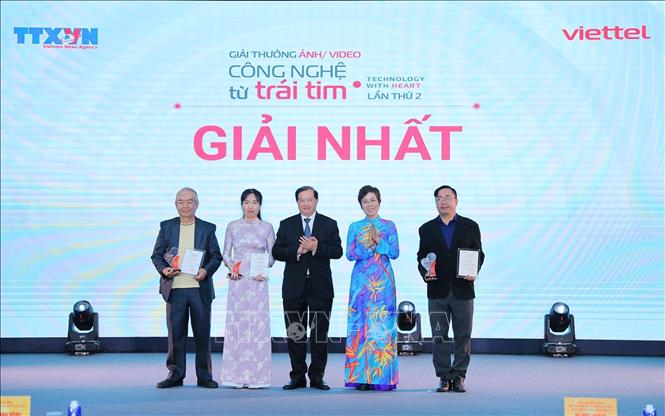
When deciding to make a report on this topic, journalist Huong Thu and her colleagues did not simply have an informational mission, but also wanted to convey a message about the social responsibility of young people. “Our work not only honors the creativity and practicality of students, but also conveys the belief that every initiative, no matter how small, can contribute to making life better,” she shared.
Therefore, when submitting her work to the contest, she considered it a journey of spreading, a way for the community to see the compassionate heart in science, and also to contribute her voice to call for attention and financial support, helping the research team of Lao Cai Specialized High School to soon put this warning system into widespread practical application in the area.
Sharing about journalism in the digital age, journalist Luc Huong Thu confided: “The fourth industrial revolution has dramatically changed the way of thinking and doing journalism. Today’s reporters must possess the three ‘K’s: Knowledge - Skills - Techniques and Technology”.
According to journalist Huong Thu, technology not only helps reporters work more conveniently but also opens up new, more vivid and attractive ways of telling stories. Especially for mountain reporters who often travel to remote areas like her, technology becomes a "powerful assistant". During rainy and flood days, reporters are sometimes isolated for many kilometers of forest roads. Having a powerful telecommunications broadcasting device helps reporters not lose connection and can quickly send news, photos and videos to the editorial office. In dangerous landslide areas, using flycams becomes the priority choice: "It ensures safety while also providing panoramic, honest and vivid footage. Each captured image is not only a document, but also the heartbeat of the scene, of life in the border area", she said.
For her, technology does not take away the humanity in journalism, but on the contrary, it opens the hearts of journalists, to sympathize, understand and spread love through the most modern means. When asked about her feelings after receiving the award, she shared: "I am happy that the work has touched the hearts of viewers, just like the way my characters, with their hearts and intelligence, are touching the hearts of the community."
The “Technology from the Heart” award is not only a recognition of the creative efforts of journalists, but also a testament to the right direction of humanistic journalism in the digital age: Taking people as the center, taking kindness and knowledge as the foundation. For journalist Luc Huong Thu, that journey is still ongoing – the journey of journalists always looking for beautiful, authentic stories, where technology is not the destination, but the means to spread love.
Source: https://baotintuc.vn/nguoi-tot-viec-tot/tu-trai-tim-nguoi-lam-bao-lan-toa-nhung-gia-tri-nhan-van-cua-cong-nghe-20251023183115508.htm


![[Photo] President Luong Cuong holds talks with South African President Matamela Cyril Ramaphosa](https://vphoto.vietnam.vn/thumb/1200x675/vietnam/resource/IMAGE/2025/10/23/1761221878741_ndo_br_1-8416-jpg.webp)
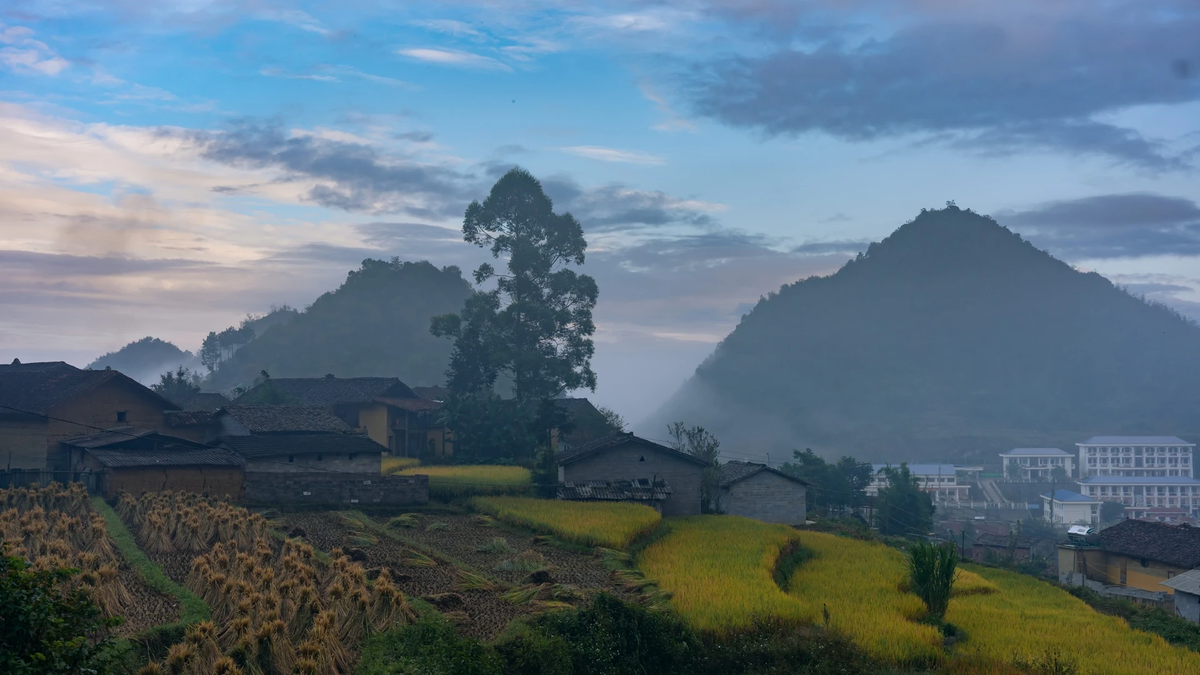

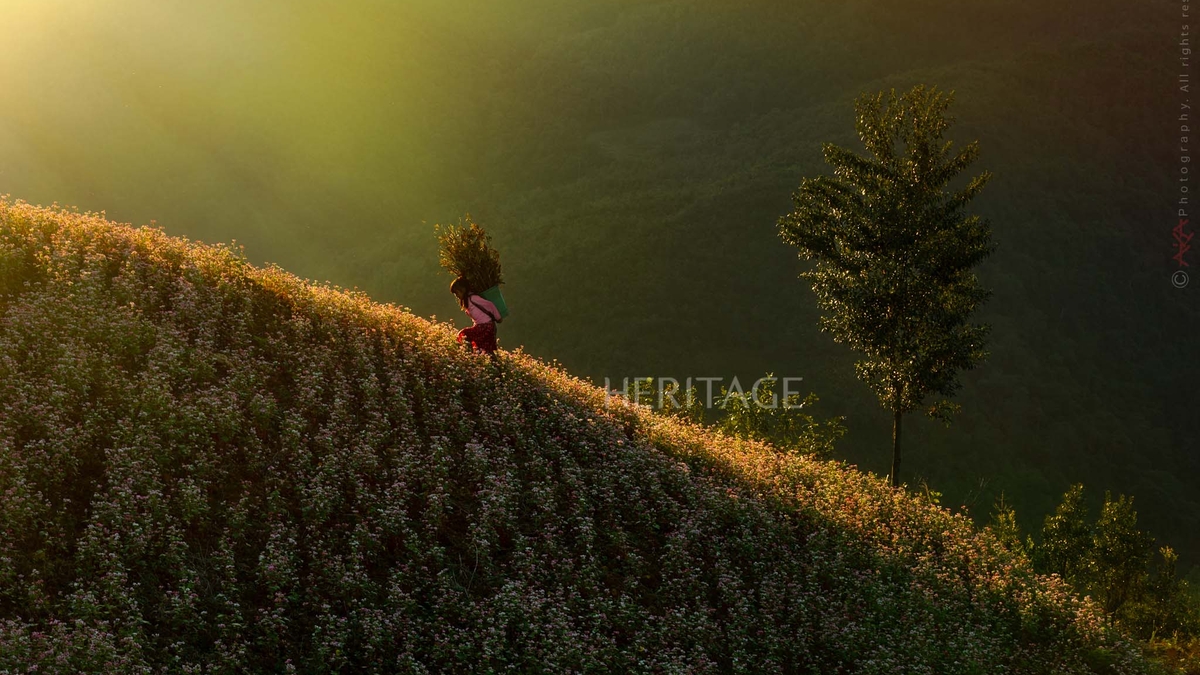
![[Photo] Prime Minister Pham Minh Chinh chairs meeting on railway projects](https://vphoto.vietnam.vn/thumb/1200x675/vietnam/resource/IMAGE/2025/10/23/1761206277171_dsc-9703-jpg.webp)
![[Photo] Prime Minister Pham Minh Chinh meets with South African President Matamela Cyril Ramaphosa](https://vphoto.vietnam.vn/thumb/1200x675/vietnam/resource/IMAGE/2025/10/23/1761226081024_dsc-9845-jpg.webp)
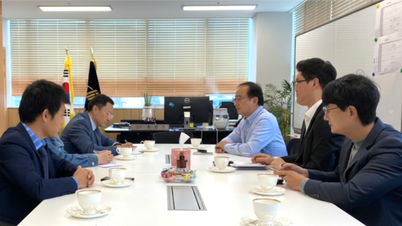


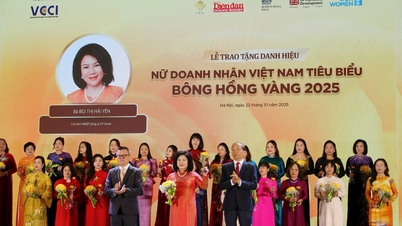

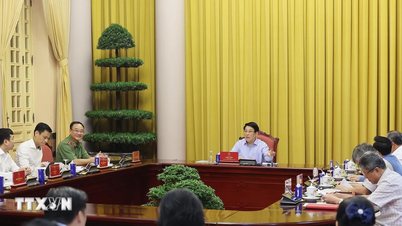

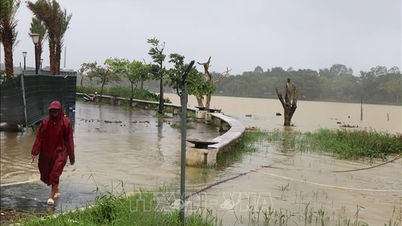
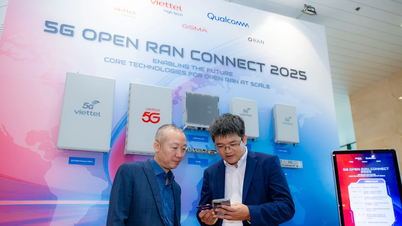
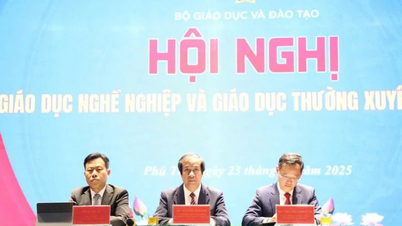

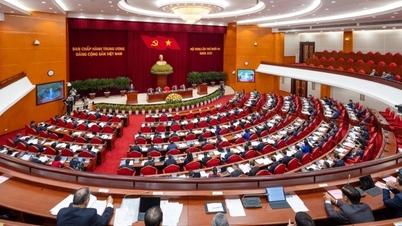


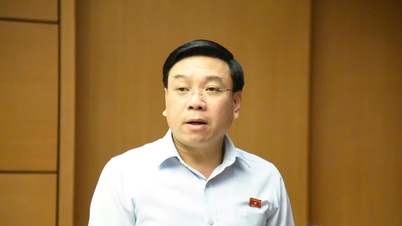
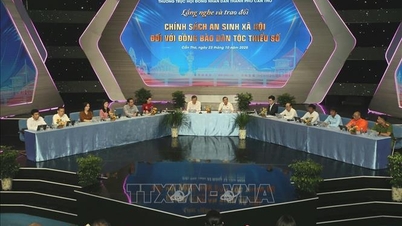
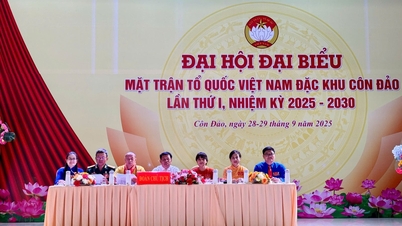




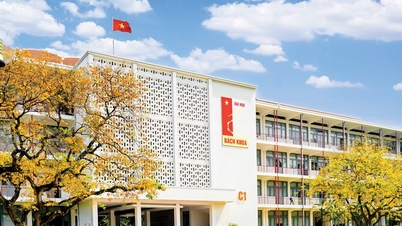
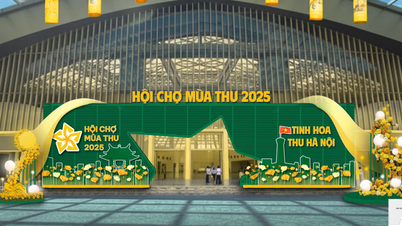
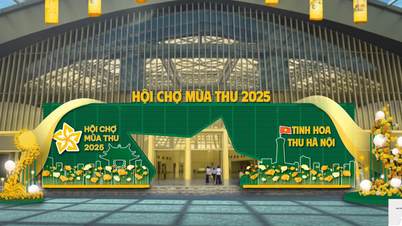
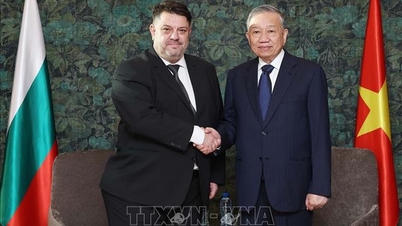
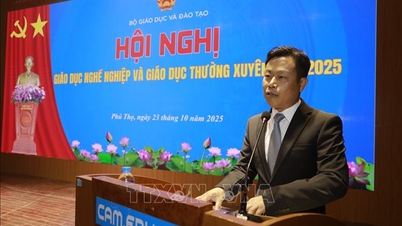
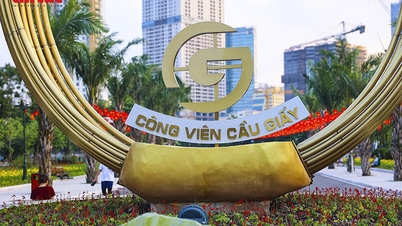










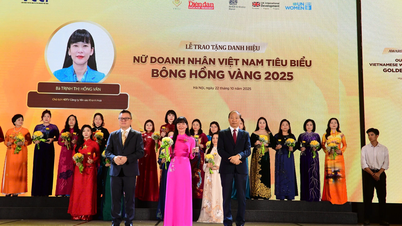

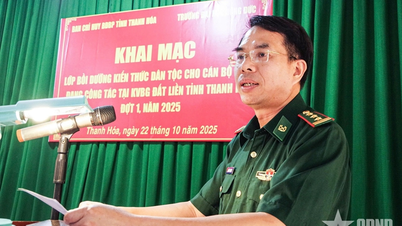



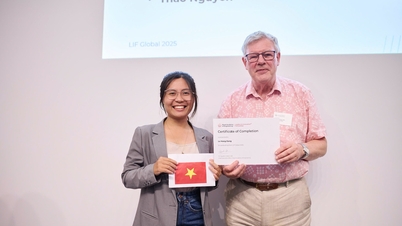



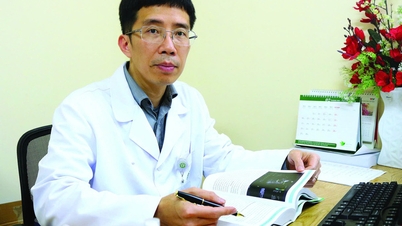

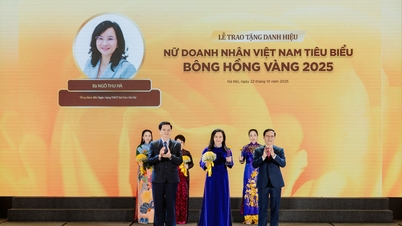

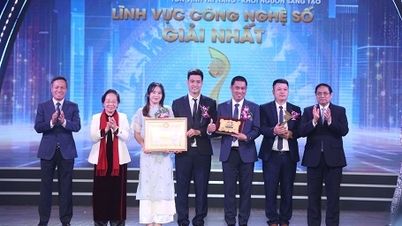
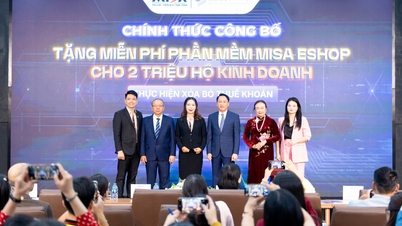

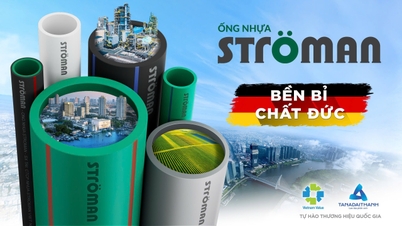
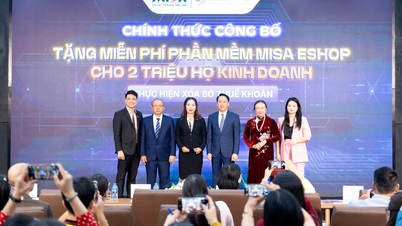







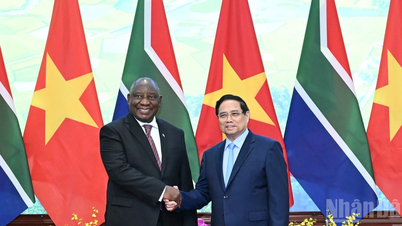


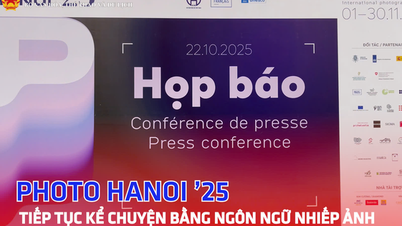


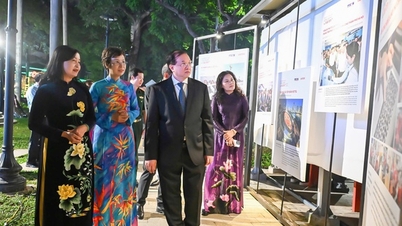
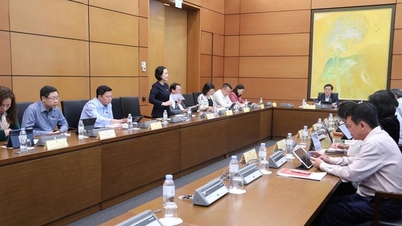
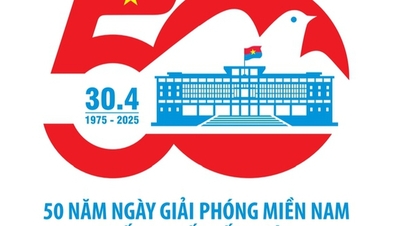
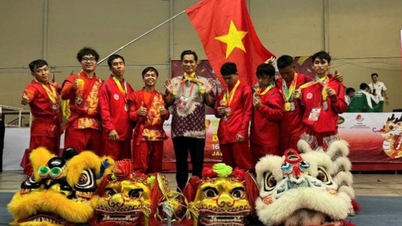
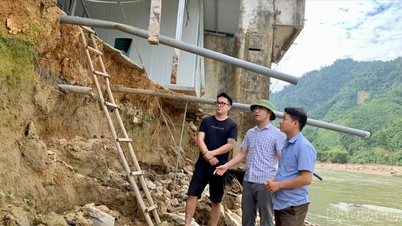

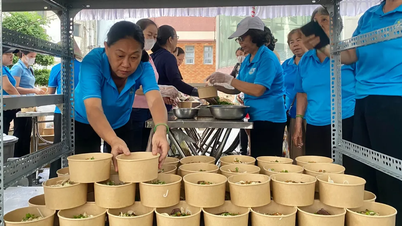



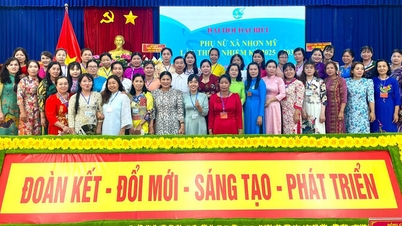

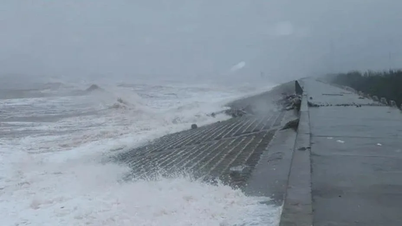
















Comment (0)